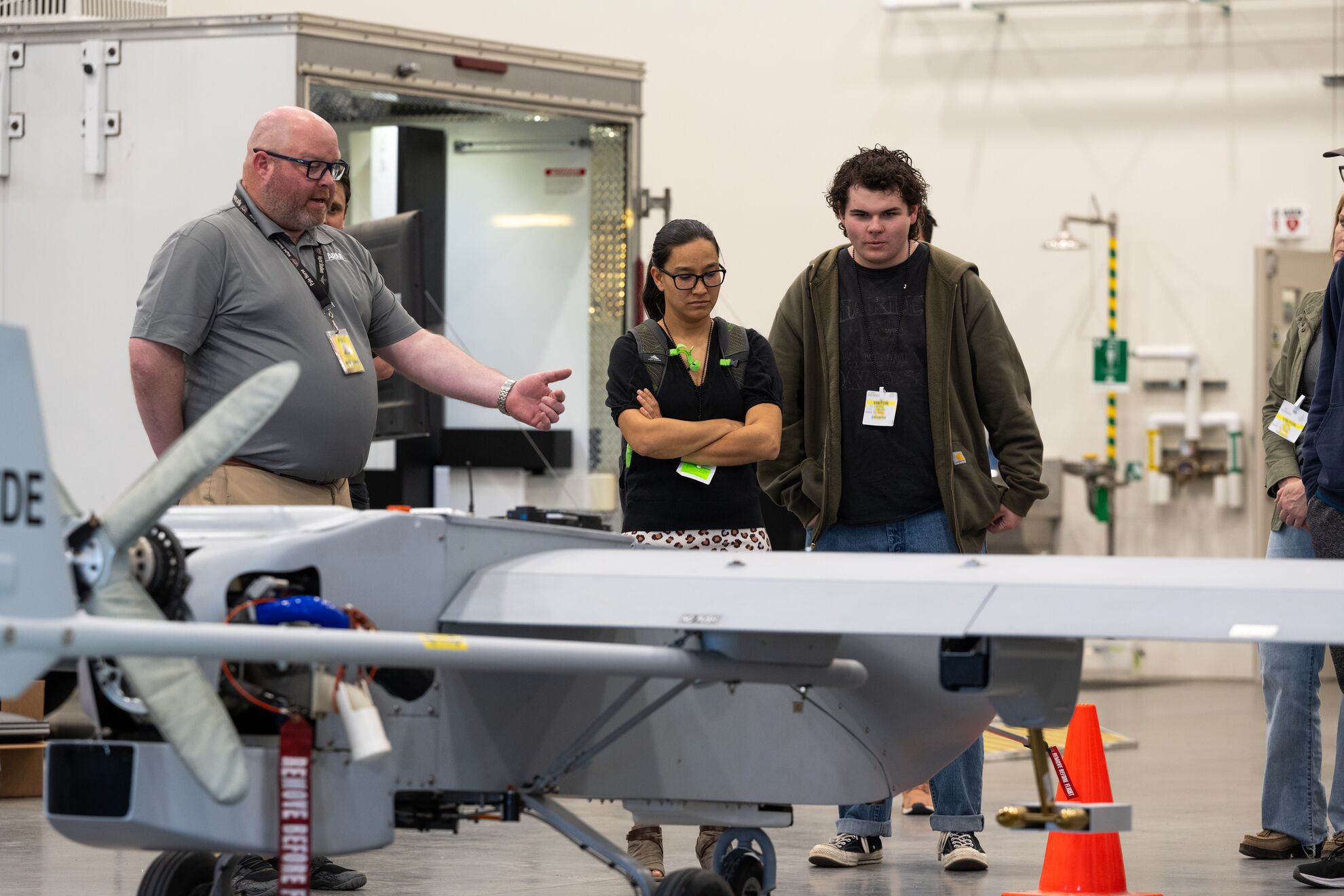Unlocking Opportunities: The Power of Community Collaboration
Published: 26 July 2024
Editor’s note: Pete Carroll, the uncrewed aerial system (UAS) operations lead for the ARM Aerial Facility (AAF), contributed the following blog post.

Engaging with the local community can yield unexpected opportunities that benefit the community and your organization. A recent experience at the Pendleton UAS Range in Pendleton, Oregon, illustrates this beautifully.
UAS can be a cornerstone for modern research and innovation. As ARM’s UAS operations lead for the AAF, I’ve seen firsthand how these technologies can transform industries. During a routine equipment return last year, a conversation with a Pendleton UAS Range engineer about a part led to a surprising and fruitful connection.
Although my initial query about purchasing the part was politely turned down, the engineer suggested an alternative: Blue Mountain Community College (BMCC) in Pendleton had a few of the parts it was not using. This serendipitous exchange marked the beginning of a significant collaboration between BMCC and the AAF.
I was introduced to Philip Schmitz, BMCC’s vice president of instruction. New to his position, he was aware of the college’s precision agriculture program but unaware of the equipment BMCC had at the Pendleton UAS Range.

Precision agriculture uses UAS and other technologies to improve crop yields and optimize farm management decisions.
We arranged a meeting to examine the equipment and discuss potential collaborative projects. UAS Range Manager Darryl Abling, a member of ARM’s UAS Advisory Group, eagerly showcased the equipment’s operation and highlighted career opportunities for students in the growing UAS field.
Schmitz was so impressed with the Pendleton UAS Range that he organized a tour for his entire staff. The enthusiasm about the UAS field was palpable and infectious! During this visit, I gave a presentation about ARM’s UAS program, further engaging the staff in the possibilities of this burgeoning field.
Schmitz invited me to tour BMCC’s precision agriculture UAS space, which sparked the idea of organizing a tour for BMCC staff and students at Pacific Northwest National Laboratory (PNNL) in Richland, Washington (PNNL manages and operates the AAF). The goal was to showcase innovative projects and research at PNNL, fostering further interest and potential collaboration. This initiative expanded the reach of our collaboration and opened up new possibilities for future partnerships.

With the support of ARM and PNNL management, we orchestrated a detailed tour of the laboratory’s various disciplines, including the AAF hangar in nearby Pasco, Washington. The tour included a working lunch with our STEM ambassadors and a successful PNNL researcher who began as an intern.
We emphasized the crucial role of technical support expertise in research and facility operations. While our guests learned that great ideas and scientific acumen are essential, technical expertise is the backbone of excellent research.
Despite the limited time, the visit sparked ideas among the staff and students and introduced them to possible partnerships and career opportunities just an hour’s drive away.
This experience underscores the importance of engaging with the local community. Unexpected opportunities can arise from seemingly ordinary interactions.
Whether you work for ARM, a national laboratory, or a university, fostering local connections can help advance research capabilities and inspire the next generation of scientists, engineers, and technicians, driving innovation forward.
Collaborating with local institutions and individuals can open doors to new resources, ideas, and partnerships. It creates a dynamic ecosystem where knowledge is shared, and everyone benefits. So, reach out, start a conversation, and be open to the unexpected—you never know where it might lead.
Keep up with the Atmospheric Observer
Updates on ARM news, events, and opportunities delivered to your inbox
ARM User Profile
ARM welcomes users from all institutions and nations. A free ARM user account is needed to access ARM data.


















